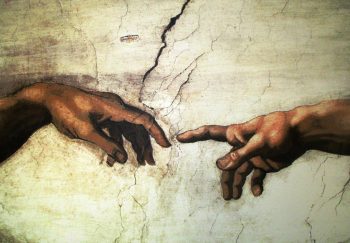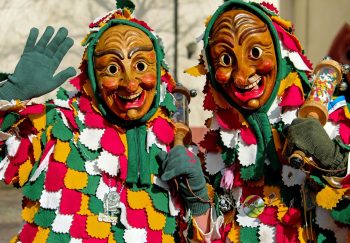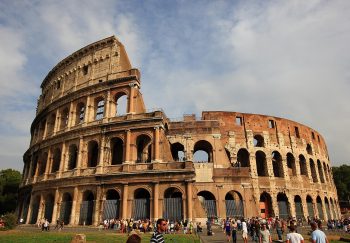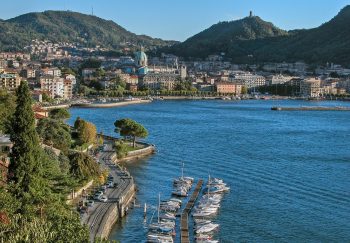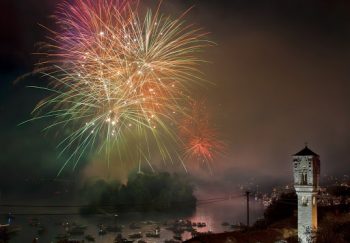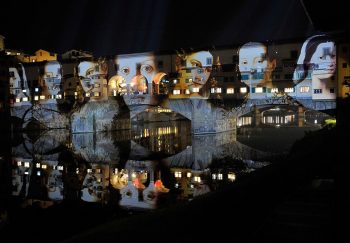The discovery of Akragas was made in the latter half of the eighteenth-century, when first European travelers arrived in Sicily. They discovered an incredible artistic and archaeological heritage.
It is located in a beautiful valley with almond trees in bloom and it is one of the most striking examples of Hellenic architecture in Sicily. This unique appeal lies in the combination of natural landscape and cultural environment.
The most significant testimony to the classical, ancient culture of Sicily is the Valley of the Temples. It combines the temples of gods and goddesses with the area of the Necropolis and sanctuaries beyond the walls.
The Temple of Castor (Dioscuri), These legendary twin brothers, who were born out of the union of Jupiter, the queen of Sparta and each other, has four columns and is now the symbol of Agrigento.
The temple to Olympian Zeus (Jupiter), was built in thanks to Zeus for the Agrigentines victory over Carthaginians in 480 BC. These are the famous atlases. They include massive statues in human form that were once used as columns or pilasters.
The Temple of Concordia is another temple built in the 5th century. It is found along the via Sacra. It is also one of the most well-preserved temples. It was converted into a sacred structure in the sixth century. Concordia is named after a Latin inscription that was found close to the temple.
Tempio della Concordia alla Valle dei Templi – ph. Paolo Barone
The statue, which Igor Mitoraj, a Polish sculptor, donated to the Temple, can be seen in front of it. This statue is about the Fall of Icarus. He disobeyed his father Daedalus and flew too close the sun. He also burned his wings of wax, and fell into the Mediterranean.
This is the oldest temple of Heracles (Hercules). It contained a bronze statue that Hercules kept inside, which was very loved by the Akragantines. Today, there are only eight columns remaining in the temple after it was destroyed by wars and natural disasters.
The temple of Aesculapius, which was located far beyond the city’s walls, is a place for pilgrimage by the sick who seek healing. The words of those who received healing were able to cover the walls of the temple.
The pyramidal tomb of Theron is located near the Golden Gate. It is made of tuffstone and is imposing. It was constructed in memory of those who died during the Second Punic War.
The temple to Vulcano, whose ruins suggest it was once an impressive building, dates back the fifth century. The foundations of the temple contained remnants from an archaic temple.
The Temple of Juno (Hera Lakinia). Its name is similar to that of the Temple of Concordia. This is because of an incorrect interpretation of a Latin inscribing that links it with Crotone’s temple of Hera. It was located in the most eastern part of this magical hillside and housed the cult for the goddess of fertility. Amazingly, the cells still have fire traces. This magnificent temple was almost identical to the one at Concordia when it was destroyed by Carthaginians. A nearby altar for sacrifices is clearly visible (on the East side), and there’s a stretch of street that was deeply mowed by carts from the “Gate III” in the city.
Find out more
Parco archeologico Valle dei Templi
audio tour della Valle dei Templi su izi.TRAVEL
UNESCO Lista del Patrimonio Mondiale dell’Umanita
L’Area Archeologica di Agrigento
Patrimonio Unesco in Sicilia
[/fusion_text]
